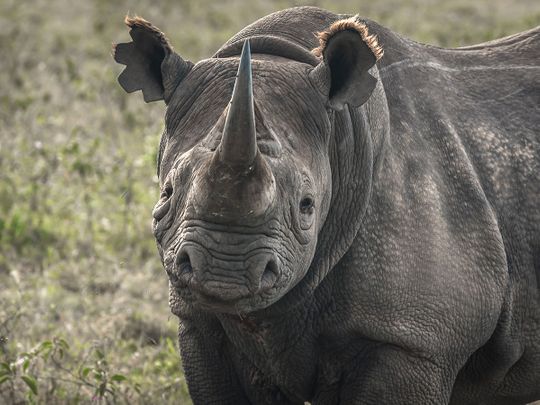
Do you remember the beloved animated character Woody Woodpecker? Last week, the US declared that the ivory-billed woodpecker is now extinct, along with 23 other species of birds, sea creatures and plants.
Click start to play today’s Crossword, which explores the Earth’s biodiversity – the theme of the first week of Expo 2020 Dubai. Don’t forget to keep apprised of Expo 2020 Dubai events with our special coverage.
Scientists estimate that species extinctions are occurring 100 to 1,000 times faster than they would have without human influence. If we do not change our actions, half of the world’s species may be lost by 2,100.
Here are some species we would have to get used to living without, if that were to happen:
Bengal tigers
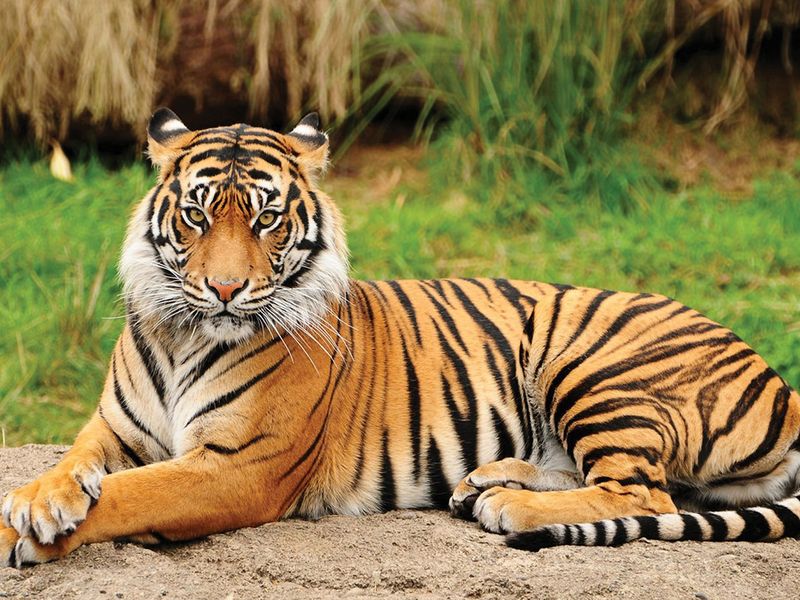
The Bengal tiger’s last stronghold, the Sundarbans mangrove ecosystem in India, is under threat, since about 70 per cent of it is within a metre of sea level. Today, there are fewer than 2,000 Bengal tigers left in the wild. According to a May 2019 study in the Netherlands-based journal Science of the Total Environment, the tiger’s habitat will vanish entirely by 2070, causing the majestic animal to die out.
Great apes
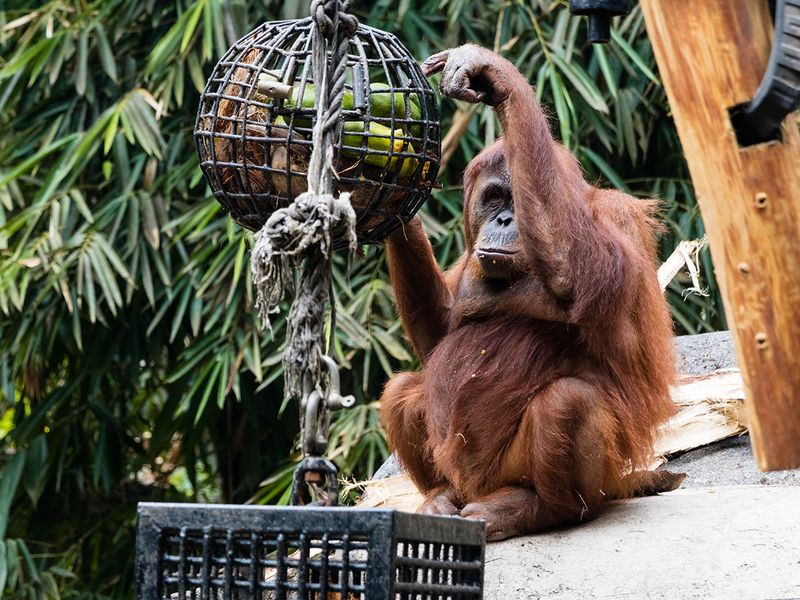
The critically endangered great apes of southeast Asia have already lost 60 per cent of their population to disease and poachers. Now, they face the risk of extinction due to deforestation, with 75 per cent of their forest cover at risk of being lost. The Tapanuli orangutans, which live in northern Sumatra, Indonesia, may be the first ape to go extinct, since there are fewer than 800 left and their numbers decrease every day.
Leatherback sea turtles
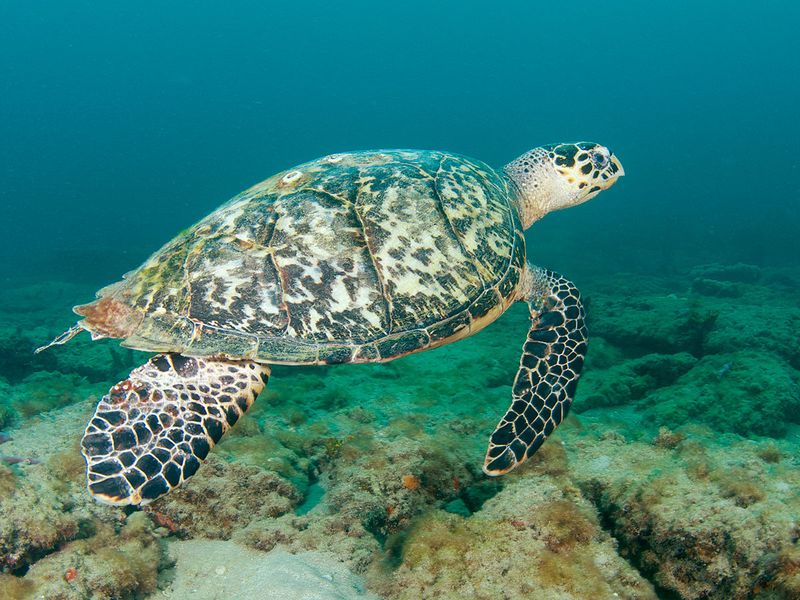
Time is running out for Pacific leatherback sea turtles, which have seen an 80 per cent decline over a 28-year period. The deep-diving turtles face numerous perils both on land and in the sea – from habitat degradation to fishing operations that capture and kill them by accident when they are caught in drift nets. The International Union for Conservation of Nature (IUCN) forecasts that their population will dip below 1,000 by 2030, and soon after, cease to exist.
Rhinoceros
There are just 72 Javan rhinos and 80 Sumatran rhinos left in the wild, according to UK-based conservation charity Save The Rhino. Along with the black rhino (pictured above), of which there are about 5,400 left, these are some of the most critically endangered animals in the world. Habitat loss, poaching and trophy hunting are some of the reasons they are dying out.
Polar bears
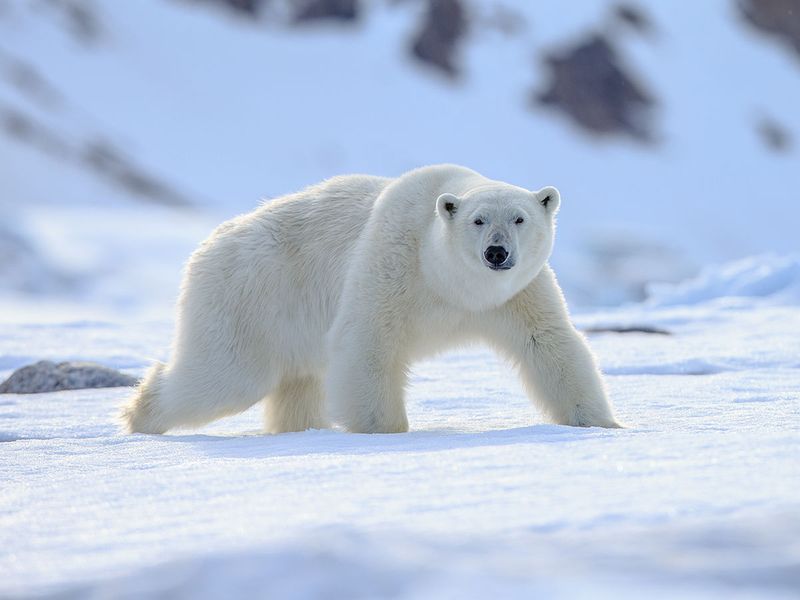
This unmistakable white bear has become a poster child for climate change for good reason. If the Arctic Sea ice shrinks or disappears, polar bears will be the first to go. A study published in UK-based journal Nature Climate Change found that these endangered animals will be wiped out by 2100, unless climate change is addressed.
Even though it may seem hopeless, with so many of our world’s animal species under threat, all is not lost. Over the past decade, dozens of studies have outlined how they can be saved through concentrated international effort and grassroots conservation.
From October 3 to 9, Expo 2020 Dubai is presenting a host of events that will highlight ways to protect our planet, foster a sustainable future and accelerate climate action.
Play today’s Crossword and get inspired to protect the Earth’s biodiversity. Let us know if you completed the puzzle, at games@gulfnews.com.









